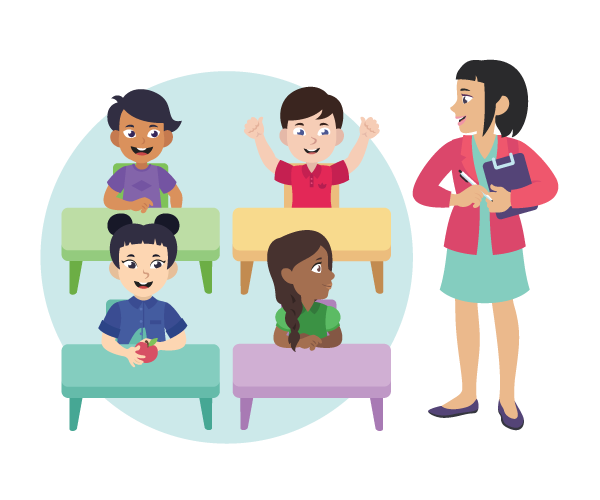The lecture method is one of the most traditional and widely used teaching methods. In this method, the teacher delivers the information to the students in a structured and organized manner. This method is suitable for large groups of students and is most effective when the material being presented is complex or theoretical.
USES
To orient students.
To introduce a subject.
To give directions on procedures.
To present basic material.
To introduce a demonstration, discussion, or performance.
To illustrate the application of rules, principles, or concepts.
To review, clarify, emphasize or summarise.
A formal or semi-formal discourse in which the instructor presents a series of events, facts, or principles, explores a problem or explains relationships
It creates new ideas.
It is good for a large class.
The teacher is experienced and has mastery of the subject, explains all points, and can answer all questions raised by students.
Students can ask if they need any clarification.
Learn through listening
The teacher explains all the points.
Students give their input
The teacher discusses the whole topic in the class in an easy language so students can easily understand the topic.
It is good for a large class.
The teacher provides all knowledge related to the topic.
Time-saving as a teacher is supposed to finish the lecture on time.
Students give their views at the end of the lecture.
Students can ask the question if they have any problems understanding the lecture.
Students attentively listen to a lecture and take notes as the teacher ask questions at the end of the lecture.
Students know and understand basic concepts.
The teacher knows all the students so he/she can use suitable strategies for the class to make them understand.
The teacher is experienced and has mastery of a subject and can answer all questions by students.
Teachers share information with students so it creates interest in students.
Students are more involved and participate when the teacher asks questions.
The teacher provides notes.
Students easily understand every point.
Students share knowledge with the teacher.
The teacher is a role model for students.
ADVANTAGES DISADVANTAGES
Saves time.
Permits flexibility.
Requires less rigid space requirement.
Permits adaptability.
Permits versatility.
Permits better centre over contact and sequence. Involves one-way communication.
Poses problems in skill teaching.
Encourages student passiveness.
Poses difficulty in gauging student reaction.
Require highly skilled instructors.




